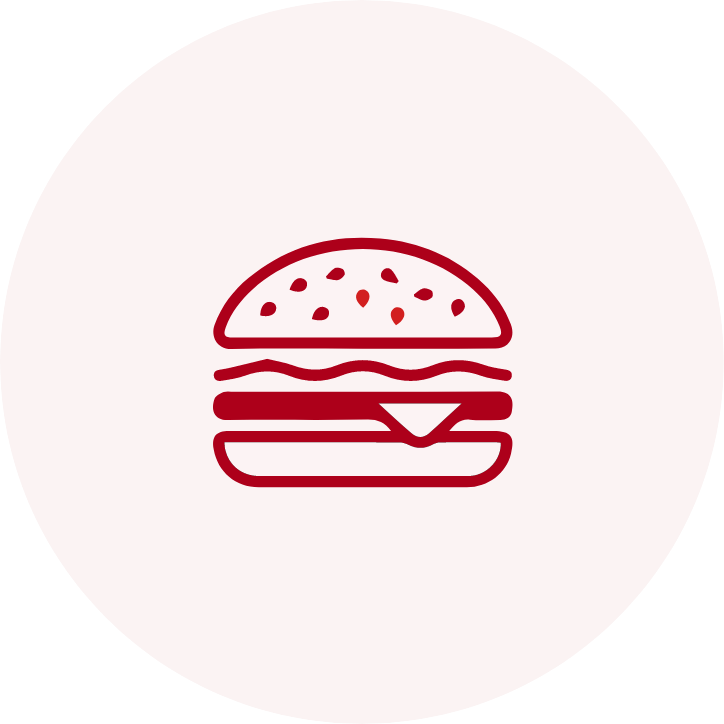AI HIRING SOFTWARE
The Science of Sprockets
At Sprockets, we're committed to transparency and integrity in our technology. Unlike other providers, we openly share technical manuals, research, and validation studies. We're here to empower companies like yours with intelligent recruitment and retention solutions. When evaluating tools like Sprockets, make sure you have documentation covering five key areas for ethical, legal, and business clarity.
Construct:
At the core of Sprockets’ technology is the science of psycholinguistics, the study of the relationships between linguistic behavior and psychological processes. Sprockets utilizes psycholinguistics, a method of natural language processing called Linguistic Inquiry and Word Count or LIWC, the bellwether algorithm for deriving social and psychological meaning from language. With over 20 years of research and extensive validation, the science has been cited in over 20,000 peer-reviewed research papers and is trusted by academics and leaders across many industries.
Simply put, LIWC produces psychologically relevant categories of words. For example, someone who is driven by a high need for achievement will use a certain type of language and say things like “win,” “success,” and “better” as opposed to someone who is driven by a need for affiliation, who will use more language such as “social,” “friend,” and “ally.” Both people may be answering the same question about what drives them in the workplace, but the language they use provides clues about their intrinsic motivations.
The Sprockets process involves the analysis of language that applicants use when completing a series of open text questions. Applicants answer the questions as they wish, though a minimum of 125 words is required. This text is analyzed by proprietary software based on the LIWC313 (Linguistic Inquiry and Word Count) to produce a series of output scores which are indicative of various underlying psychological processes, including needs, values, and personality Characteristics.
These scores are compared to a summary analysis of what the top job performers indicated, the success profile, and applicants receive a score on a scale of 1 to 10 based on their match to the success profile. This final score can be used to indicate those applicants who most closely share the characteristics of the top performers and can be used to rank or shortlist applicants for interview, for example.
CRITERION:
There are several validation studies in the form of client case studies which support the efficacy of the survey in predicting meaningful outcomes. These studies are displayed on the Sprockets website, showing performance, turnover, and training advantages from using the survey and providing clear evidence of excellent returns on investment. For each case study, specific meaningful metrics are provided. The criterion-related validity is confirmed by case studies and video testimonials of individuals and companies that have deployed the Sprockets technology and experienced a reduction in employee turnover.
Supporting Case Studies:
Why Spinx Chose to Hire With Sprockets Over Leading Assessment Company – Learn More
McDonald’s Franchisee Reduces Employee Turnover by 24% With Sprockets – Learn More
DEI/EEOC:
The Equal Employment Opportunity Commission requires minimal validation from companies to administer any assessment. As strong advocates for diversity and inclusion at Sprockets, we’ve gone above and beyond to ensure that every faucet of the technology contributes to an equitable outcome for all users.
While hiring without Sprockets is often shown to be biased against women, non-whites, and older workers, Sprockets creates a more equitable screen that creates a fair scoring opportunity for candidates of all backgrounds. The Sprockets survey shows no significant differences in mean scores for the three main EEOC areas: gender (females and males), race/ethnicity (whites and ‘non- whites’), and age (younger and older). This was not by chance- it was by design. We conducted a study with 144,425 human subjects to validate these findings.
From the way that the test was normed to the diverse panel of industry experts that constantly make improvements to the psychometric language tables, Sprockets takes an active approach to tackling discrimination and bias in hiring.
O’NET Standards:
https://www.onetcenter.org/overview.html
The Occupational Information Network (O*NET) is developed under the sponsorship of the U.S. Department of Labor/Employment and Training Administration (USDOL/ETA). Central to the project is this O*NET database, containing hundreds of standardized and occupation-specific descriptors on almost 1,000 occupations covering the entire U.S. economy. The database is continually updated from input by a broad range of workers in each occupation.Sprockets regularly reviews the data to ensure that traits align with guidelines set out by O*NET’s skill, interests, and values. In a recent meta analysis (n= 4,469), Sprockets studied two O*NET job profiles, home health aides (35-1121.00) and fast food (35-2011.00), to ensure that results from subjects on Sprockets align with industry standard requirements success factors provided.
Sprockets and O*Net have a very strong correlation. As the test continues to be developed, the Sprockets team will regularly audit the data for comparisons with industry standard requirements like O*Net.
Reliability:
There are two major forms of reliability that are usually calculated:
Internal consistency – this shows that the questions measure the psycholinguistic and personality constructs in a consistent way (i.e., are measuring the same thing).
Test-retest – this shows that the scores from surveys measure the psycholinguistic and personality constructs consistently over time (i.e., you get the same or similar scores each time you take the survey).
Internal Consistency Reliability – The internal consistency of the Sprockets survey itself is based on the facets of the LIWC on which it is based. Pennebaker et al. (2015) contains extensive information on the validity and reliability of the LIWC. The study suggests using a test of internal consistency which produces corrected coefficients (corrected alpha using the Spearman-Brown formula). This maximizes the size of these coefficients and is a standard procedure for measuring reliability.
The most relevant categories of the LIWC used in the Sprockets survey are headlined as ‘Psychological Processes’ with corrected alphas ranging from 0.53 (Anger) to 0.93 with a mean of 0.76 and a median of 0.78.
Test-Retest Reliability
A study of test-retest reliability was conducted. The period between the first and second test varied from subject to subject and a highly significant correlation of 0.864 was calculated.





























